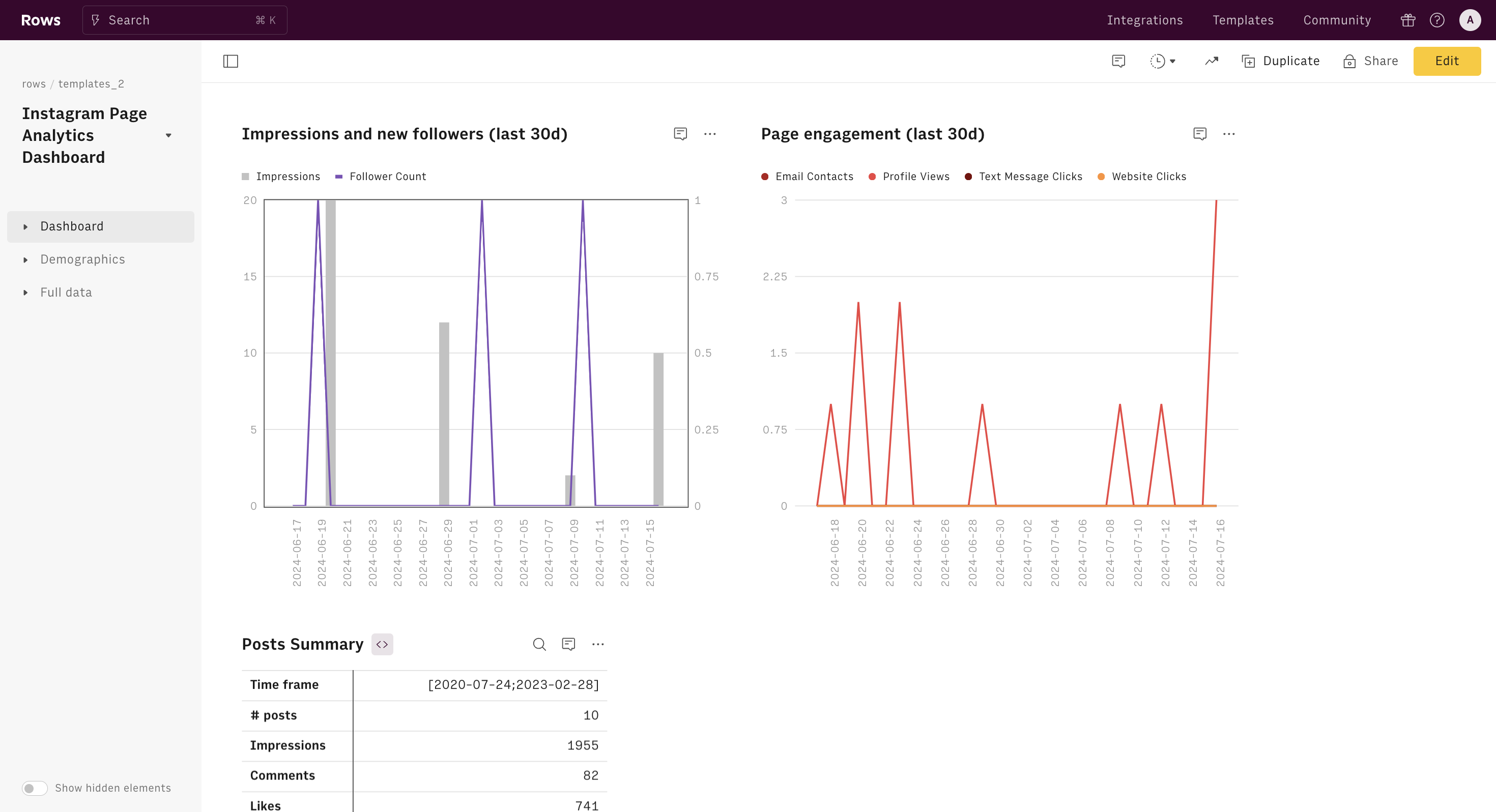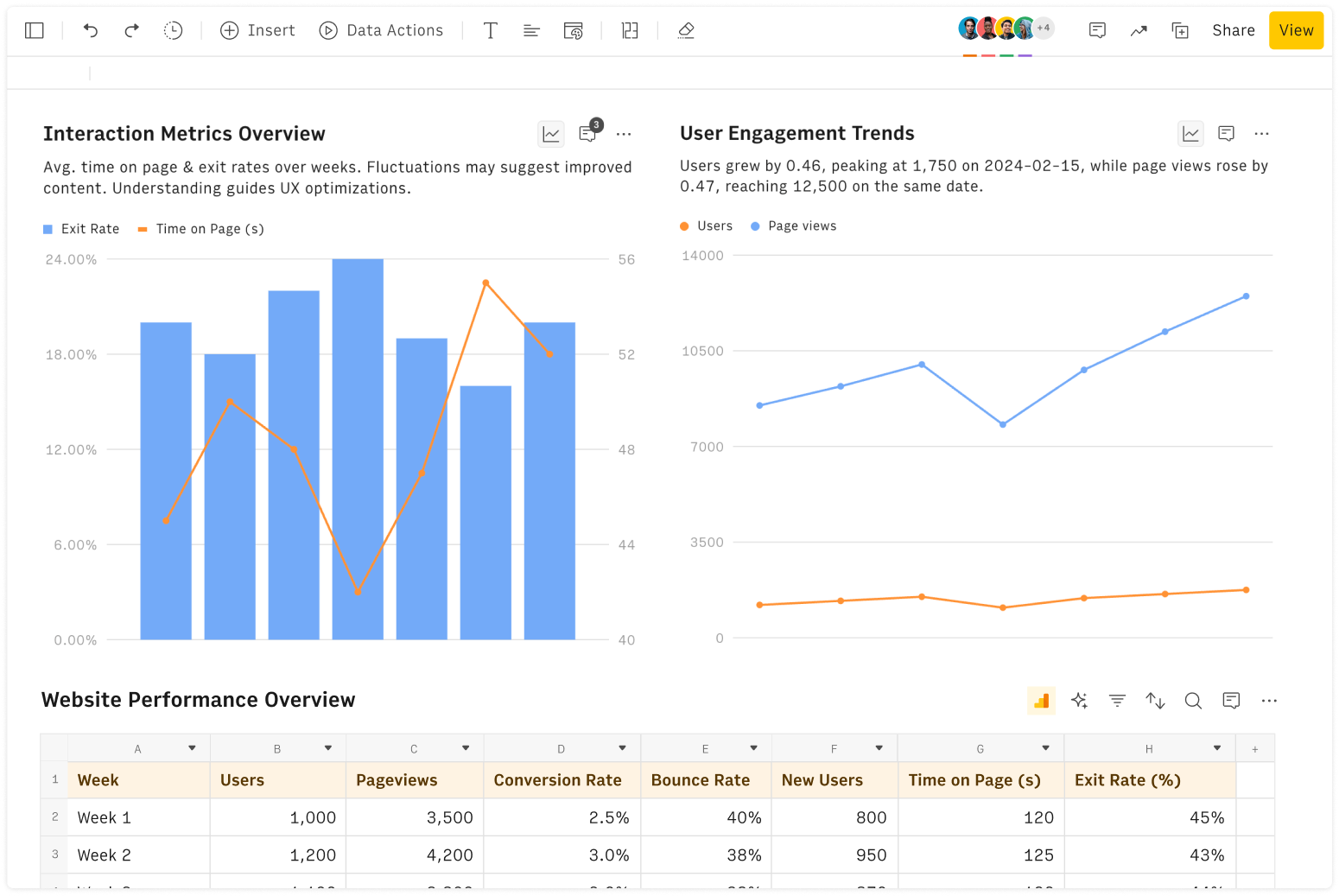What is Skewness?
Skewness is a statistical measure that describes the asymmetry of a data distribution. When data points are plotted on a graph, the skewness indicates whether the distribution leans to the left (negative skew) or to the right (positive skew), or if it is perfectly symmetrical (zero skewness).
Understanding the skewness of your data is essential for determining the nature of its distribution, which can significantly impact the analysis and interpretation of your results.
How to Calculate Skewness
Calculating skewness involves determining the third moment of the data distribution relative to its mean. The formula for skewness is:

Where:
n: is the number of data points
xi: is each individual data point
x̄ : is the mean of the data
s: is the standard deviation of the data.
How to Use the Skewness Calculator
This formula can be complex to compute manually, especially with large datasets. That’s where our Skewness Calculator comes in handy. Here’s how you can use it:
Input Your Data: Paste your comma-separated data points into the input field.
Get the result: The tool automatically computes the skewness within seconds after you input your data.
This calculator uses the custom APPEND() function to convert your comma-separated values into a JSON format, making it easier to apply the necessary statistical formulas. Specifically, the =SKEW(APPEND(B1)) formula is then applied to compute the skewness of your dataset.
Interpretation of Skewness Results
Interpreting skewness values is crucial for making informed decisions based on your data.
Negative Skewness: If the skewness is less than zero, your data is negatively skewed. This means that the left tail of the distribution is longer, and most data points are concentrated on the right.
Positive Skewness: If the skewness is greater than zero, your data is positively skewed, indicating that the right tail is longer, with most data points concentrated on the left.
Zero Skewness: A skewness close to zero suggests that the data is symmetrically distributed around the mean.







